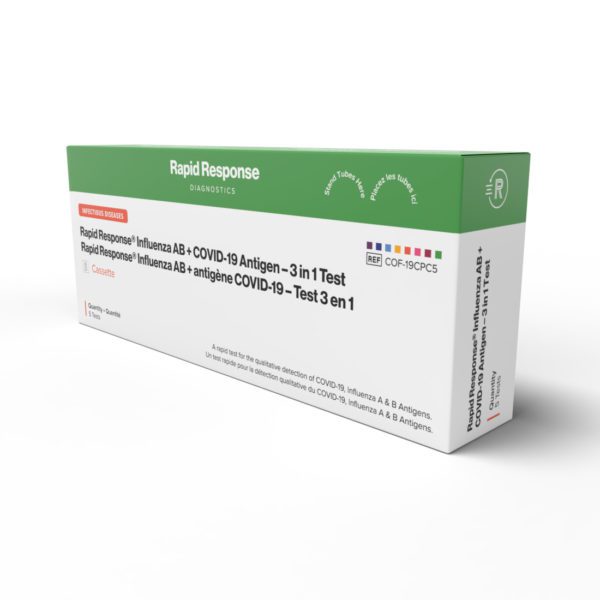The idea that someone could transmit the influenza virus without showing any symptoms might sound like something out of a medical drama, but it’s a very real aspect of how flu outbreaks can spread.
Here’s a closer look into how this happens.
What is asymptomatic flu transmission?
Asymptomatic flu transmission happens when you carry and spread the influenza virus to others without showing any symptoms. You might feel perfectly healthy, but you could still unknowingly pass the virus to people around you.
This makes asymptomatic carriers a significant challenge in controlling the flu’s spread, as you’re less likely to take precautions like isolating yourself or wearing a mask when you don’t realize you’re infected.
You may spread the flu in everyday settings like schools, workplaces, or social gatherings, even if you’re not experiencing symptoms like:
- Fever
- Cough
- Fatigue
Specifically, the flu virus can be transmitted starting one day before symptoms emerge and continue for up to a week after becoming sick.
How does the flu virus spread?
The flu virus spreads through two primary ways: through the air and by touch.
When someone with the flu coughs, sneezes, or talks, they release tiny droplets into the air. If you’re nearby, you can breathe in these droplets and become infected. This makes close contact with others a common way the flu virus travels.
The virus can also spread when you touch surfaces or objects contaminated with the flu virus, like doorknobs, phones, or tabletops, and then touch any of these body parts:
- Mouth
- Nose
- Eyes
This allows the virus to easily enter your body, even if you don’t come into direct contact with an infected person.
Why is asymptomatic transmission concerning?
When people show no symptoms, they’re less likely to take precautions such as isolating themselves, which unknowingly increases the risk of spreading the virus. This silent spread allows the flu to circulate more widely and rapidly, which then complicates efforts to contain outbreaks.
How can asymptomatic transmission be reduced?
Here are different methods that you can practice to prevent or reduce asymptomatic flu transmission.
- Vaccination to reduce virus spread. Getting vaccinated helps to limit overall transmission by reducing the pool of individuals who can carry and spread the flu, including those who are asymptomatic.
- Regular handwashing or using hand sanitizer. Frequent handwashing with soap and water or using hand sanitizer effectively removes viruses from your hands. This significantly decreases the chances of spreading the flu through touch.
- Wearing masks in crowded or indoor settings. Masks provide a barrier against airborne droplets, which is helpful in reducing the spread of the flu in busy or enclosed environments, particularly during flu season.
Frequently asked questions
Can individuals transmit the flu virus without showing any symptoms?
Yes, you can spread the flu virus one day before experiencing any symptoms and up to seven days after becoming sick.
How does asymptomatic transmission of the flu occur?
Asymptomatic transmission occurs when a person infected with the flu virus expels viral particles through breathing, talking, or coughing, thereby infecting others without displaying symptoms themselves.
Are people without flu symptoms still contagious?
Individuals without flu symptoms can still be contagious, especially in the initial stages of infection. This capability to transmit the virus without symptoms complicates efforts to control outbreaks.
What is the significance of asymptomatic spread in flu pandemics?
Asymptomatic spread plays a crucial role in flu pandemics by facilitating unnoticed transmission among populations, thereby accelerating the spread of the virus and complicating containment measures.
How can one prevent spreading the flu if asymptomatic?
Preventing the spread of the flu when asymptomatic includes regular handwashing, wearing masks in public spaces, and receiving the annual flu vaccine to reduce the risk of infection and transmission.
Key takeaway
Asymptomatic flu transmission demonstrates how easily the flu can spread, even when you feel perfectly healthy. This silent spread complicates efforts to control outbreaks and makes preventive measures, like vaccination, regular handwashing, and mask-wearing in crowded or indoor settings, more important.
By adopting these practices, you can help reduce the spread of the flu and protect both yourself and those around you.
If you’re feeling under the weather, check out our selection of tests to gain clarity about your condition and take the first step toward recovery.




















































